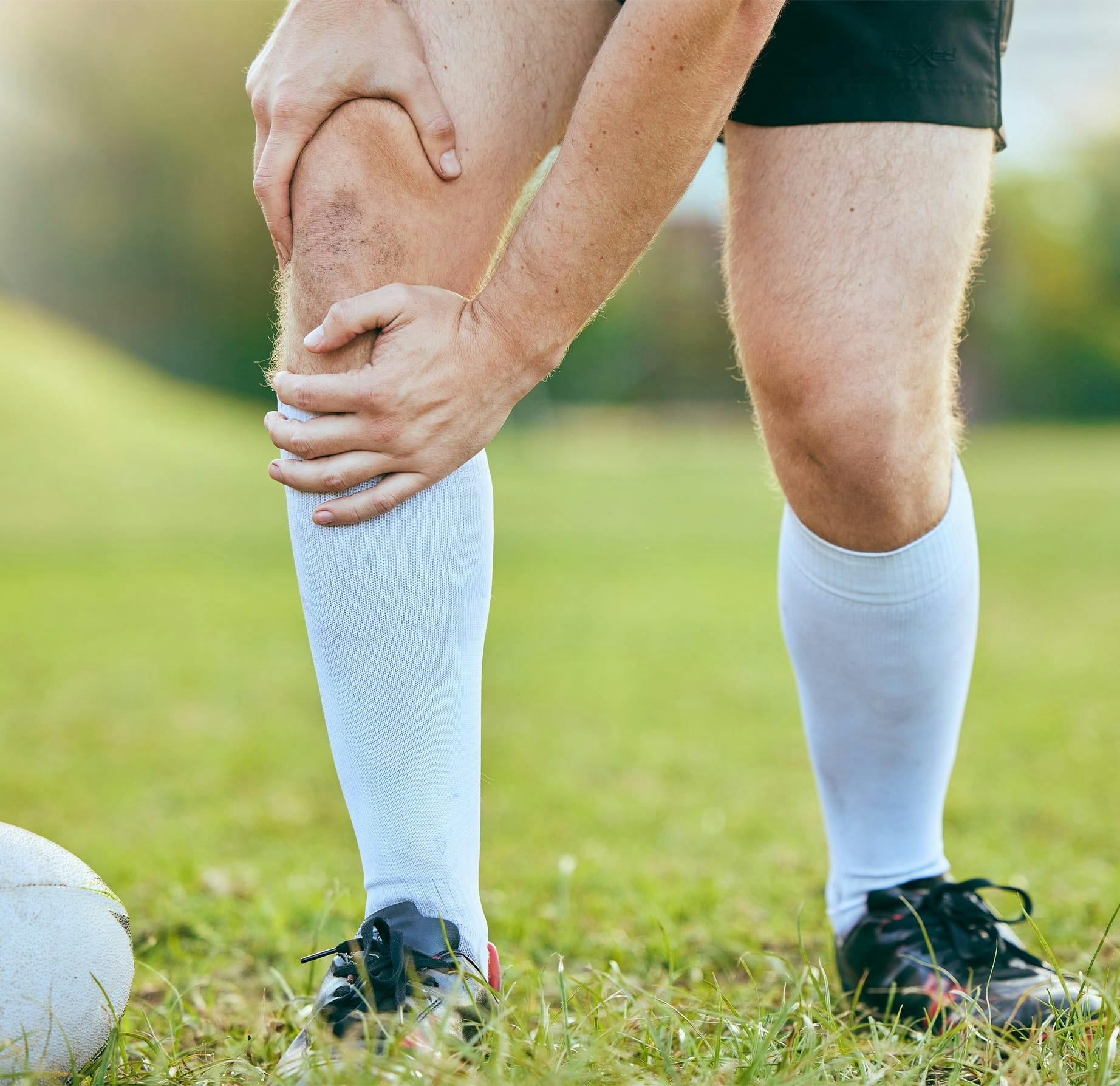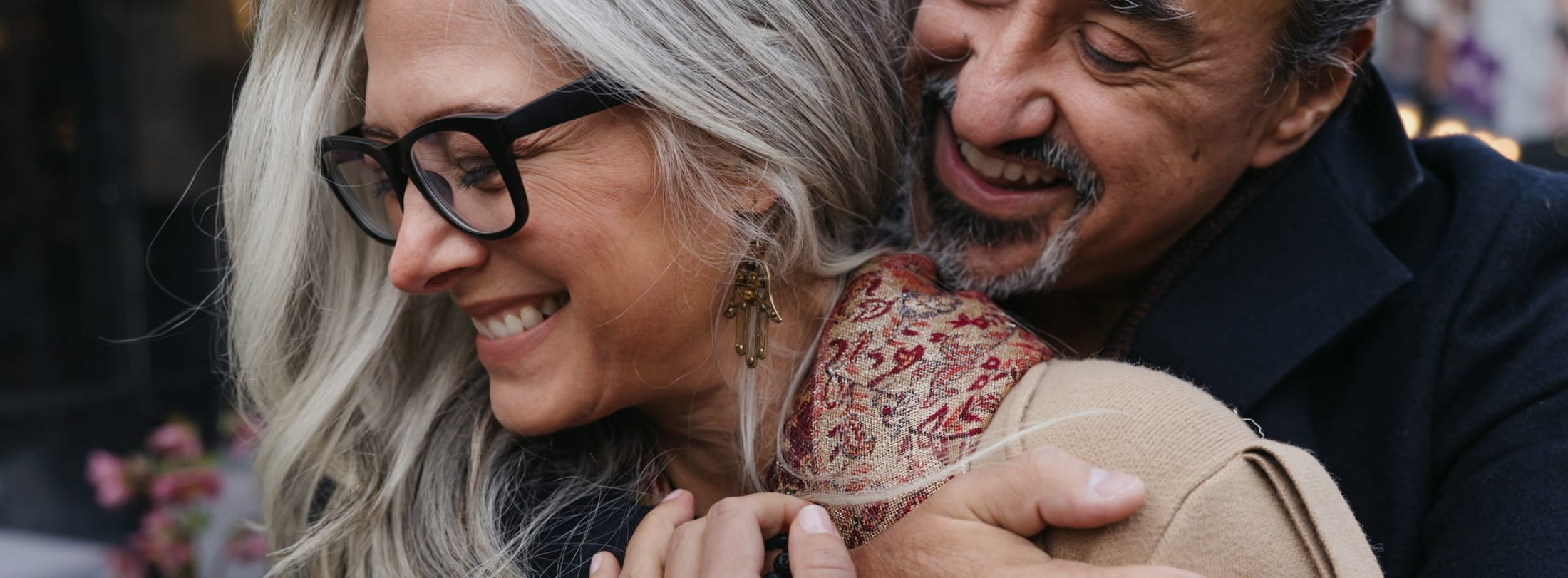Regain knee strength and stability with our advanced ACL reconstruction in Manhattan, Queens, Brooklyn or the Bronx, at New York Sports & Joints.
What is ACL reconstruction?
ACL Reconstruction is a surgical procedure performed to repair a torn anterior cruciate ligament (ACL) in the knee, a common injury among athletes and other physically active individuals. The ACL is crucial for knee stability and movement. During the reconstruction, the damaged ligament is replaced with a graft, typically from the patient's own body (autograft) or from a donor (allograft).
This procedure restores stability and function to the knee, allowing patients to return to high levels of physical activity. The surgery will include a rehabilitation program to rebuild strength and mobility. ACL reconstruction is an advanced orthopaedic technique offering renewed hope and capability to those who have suffered a debilitating knee injury.









